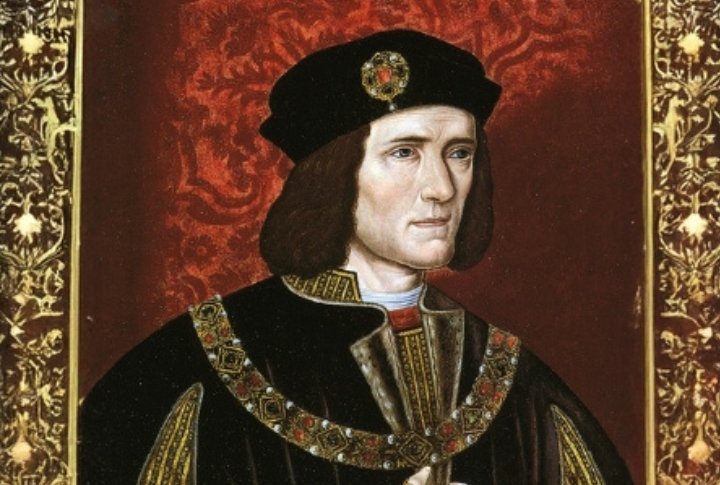
Richard III—the king everyone loves to hate. But why does he still get so much shade centuries later? It’s probably because his legacy is one of power plays. His story is full of twists and enough drama to make anyone question if he was ever really fit to rule. Keep reading; it gets interesting.
He Seized The Throne From His Nephew
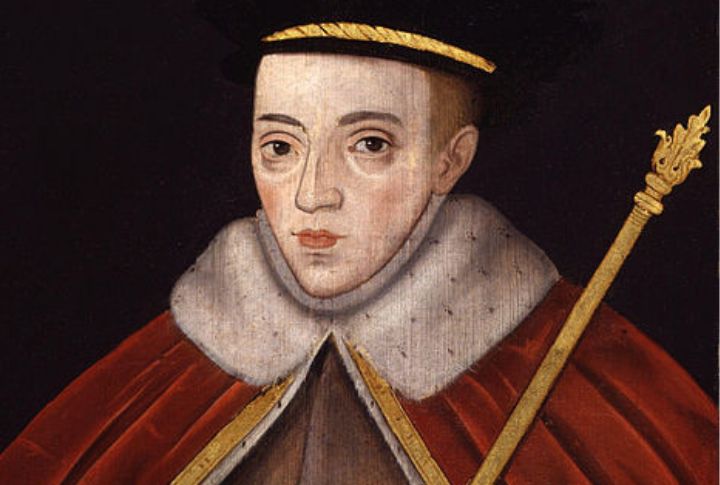
Richard III’s rise to power remains controversial, especially since it involved declaring his young nephew, Edward V, illegitimate. After his brother’s demise, Richard swiftly claimed the crown. This move shocked many nobles who had supported the young prince’s rightful rule, setting a tense political stage.
The Princes Vanished In His Custody
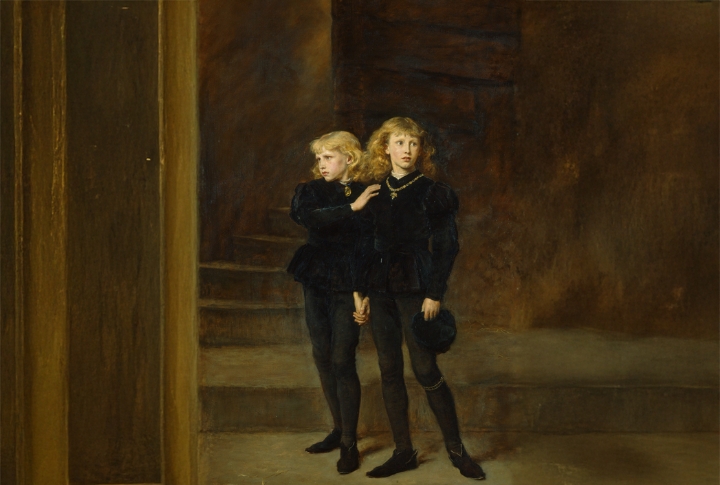
The last known sighting of Edward V and his brother Richard was by Richard III, who had them imprisoned in the Tower of London. Their sudden disappearance quickly fueled rumors of murder. Over time, public sympathy for Richard dwindled as suspicions grew about his involvement.
He Executed His Enemies Without Trial
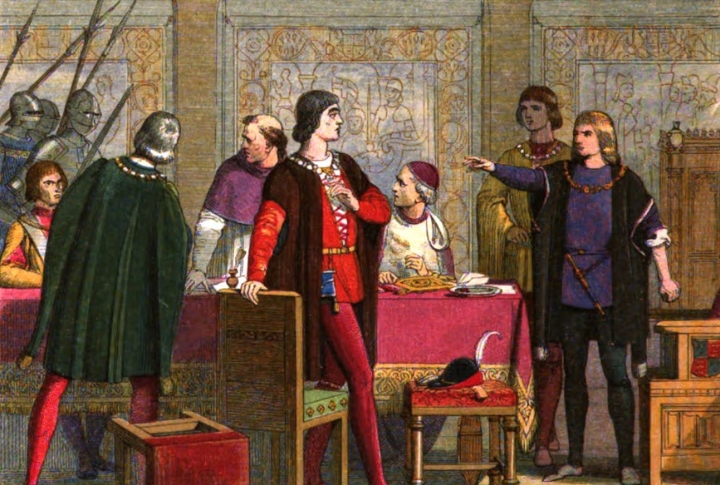
Richard’s reign was marked by brutal executions, including the killing of Lord Hastings, who was arrested on Richard’s orders without a trial. Such fear-driven actions bred unrest and alarmed both his supporters and rivals, deepening his tyrannical image and further fracturing his position.
He Used Fear To Rule
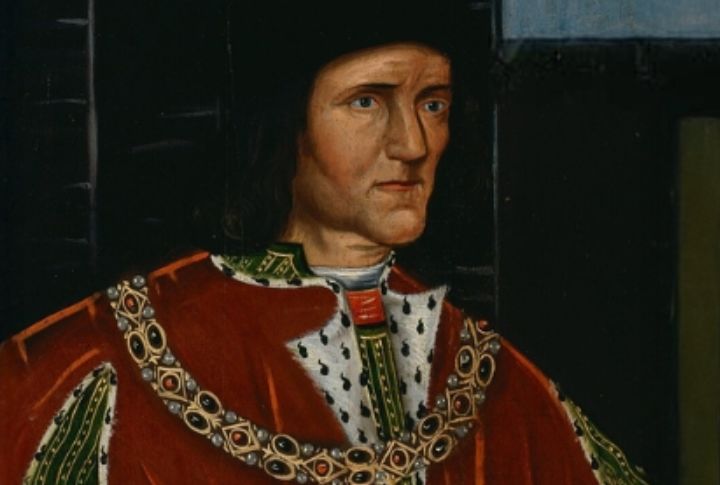
Richard III cultivated fear in his court by appointing loyalists to critical positions, ensuring no opposition could grow. Harsh penalties for dissent created a tense atmosphere, ultimately leaving nobles feeling cautious and uneasy. His reign earned a dark reputation and cast a shadow over his leadership style.
He Was The Last Plantagenet King
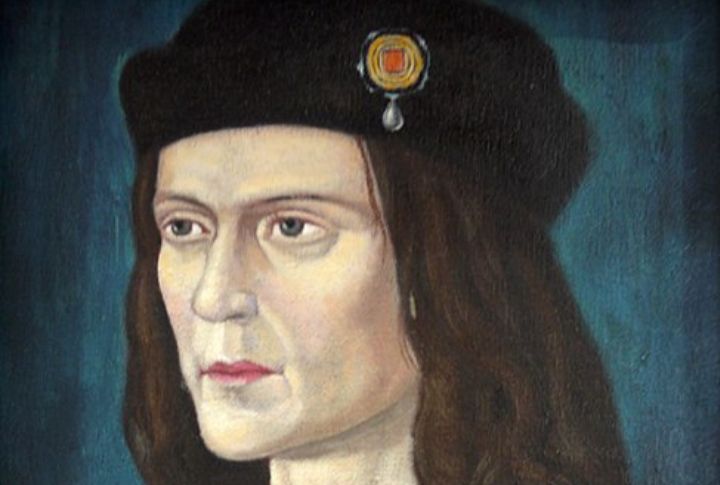
This king’s defeat in battle against Henry Tudor brought an end to the Plantagenet dynasty. Richard’s demise marked the end of an era and a pivotal shift in English history. The loss cemented his legacy as a villain, as his rule was seen as a precursor to the Tudor era.
He Had Deep Ties To The Rebellion
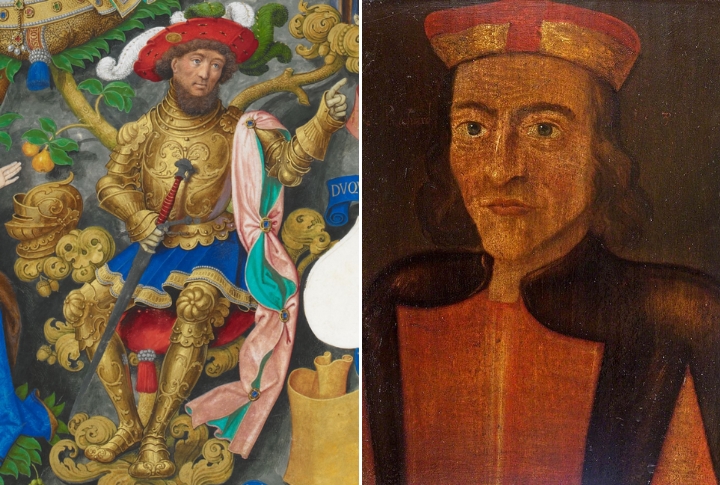
Richard’s ties to the rebellion, particularly with the Lancastrians, cast doubt on his loyalty. Some believed he played both sides during times of instability, earning a reputation for being untrustworthy. The shifting allegiances only deepened public distrust in his ability to lead fairly.
He May Have Killed Anne Neville’s First Husband

Anne Neville’s first husband died under mysterious circumstances, with many speculating he was poisoned. Richard married her shortly after, raising suspicions even among his allies. His swift marriage to Anne added fuel to rumors of foul play.
He May Have Been Deformed After All
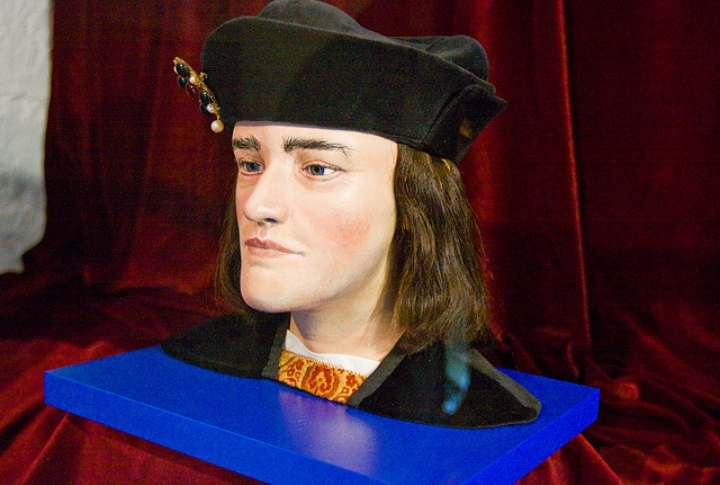
Richard III’s skeleton revealed severe scoliosis, fueling suspicions about his twisted mind. While his enemies exaggerated his physical appearance to fit their narrative, his deformity became a symbol of evil. This portrayal of his body further cemented the villainous image that persists to this day.
He Was Vilified By The Tudors
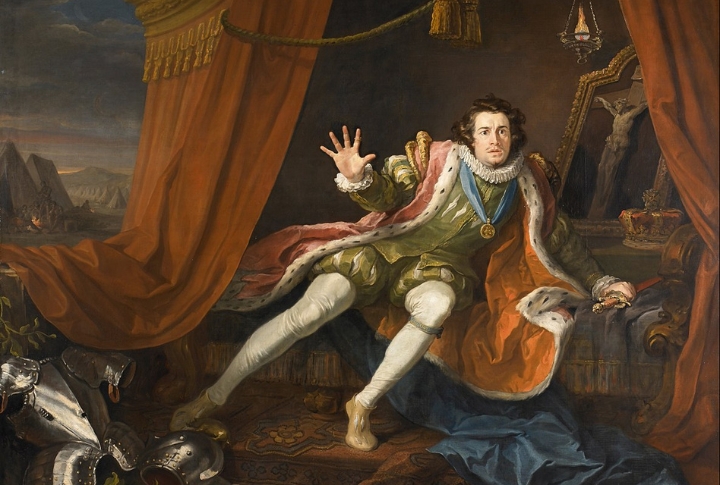
The Tudors, who defeated Richard, painted him as a monstrous tyrant. Shakespeare’s portrayal of Richard as a deformed villain only added to this narrative. Over the centuries, these biased depictions shaped public perception, and Richard’s name became synonymous with evil in popular culture.
He Was Accused Of Plotting To Marry His Niece
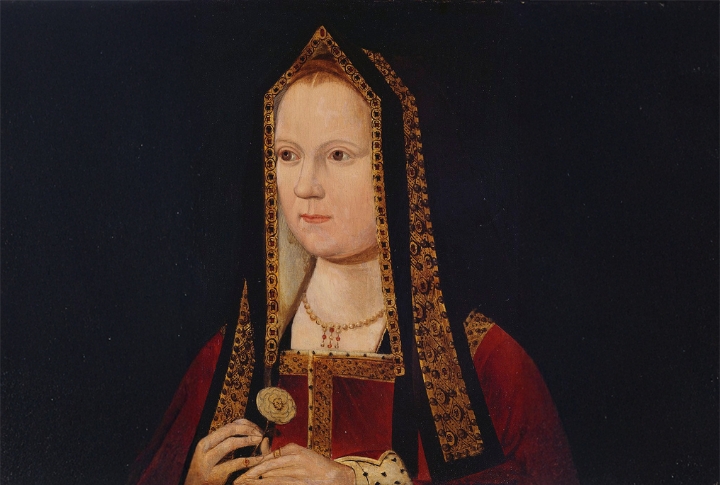
After the death of Queen Anne, speculation grew around Richard’s possible plans to marry his niece, Elizabeth of York. Though likely false, the scandal shocked contemporaries. The idea of an incestuous union fed into Tudor propaganda and reinforced the image of Richard as morally corrupt and power-hungry.

